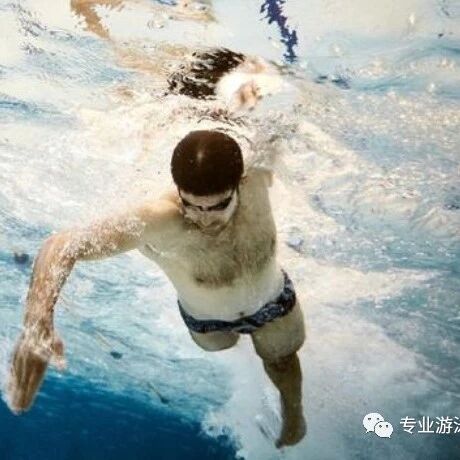Swimming with smooth, flowing movements significantly enhances training effectiveness.
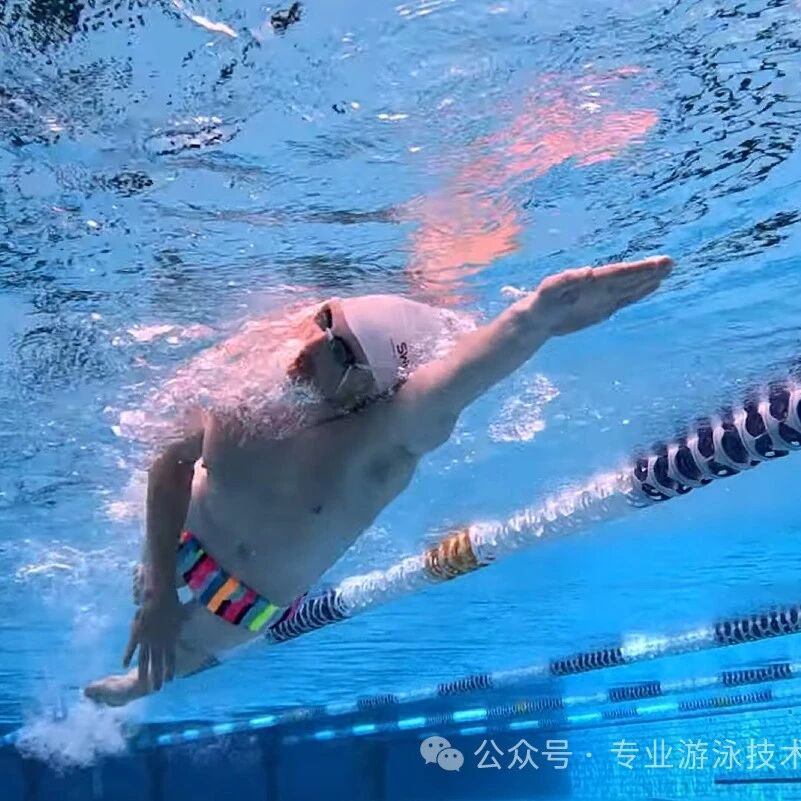
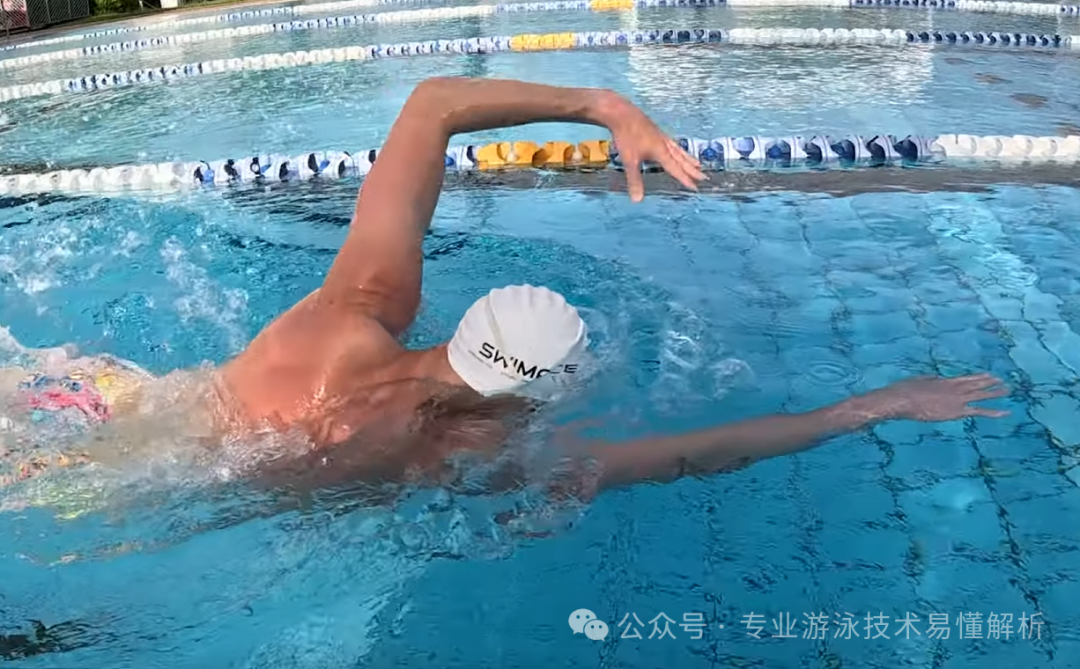
Swimming done with both grace and fluidity
Significantly enhance exercise effectiveness
For swimming enthusiasts, no matter how hard they strive, their swimming speed will never match that of professional competitive swimmers. Recognizing this, prioritize fitness over speed—after all, swimming is an activity pursued for the same reasons as walking, running marathons, or working out: to enhance physical health, nurture mental well-being, and ultimately enjoy a sense of joy and fulfillment.
The benefits of slowing down
From the very beginning of your pool practice, you should instinctively cultivate a calm and composed mindset, even in the midst of turbulent waters.
After slowing down your arm movements, it becomes easier to feel the buoyancy of the water pushing against your arms during the outward sweep in breaststroke, allowing your head to rise naturally to the surface—rather than requiring you to lift it deliberately. Similarly, when you ease up on the power of your freestyle arm pull, you’ll more clearly sense how your body glides effortlessly through the water as you push backward. And with the breaststroke kick, gently easing off the force as you push your feet backward and downward lets you better appreciate just how "solid" the water feels beneath you.
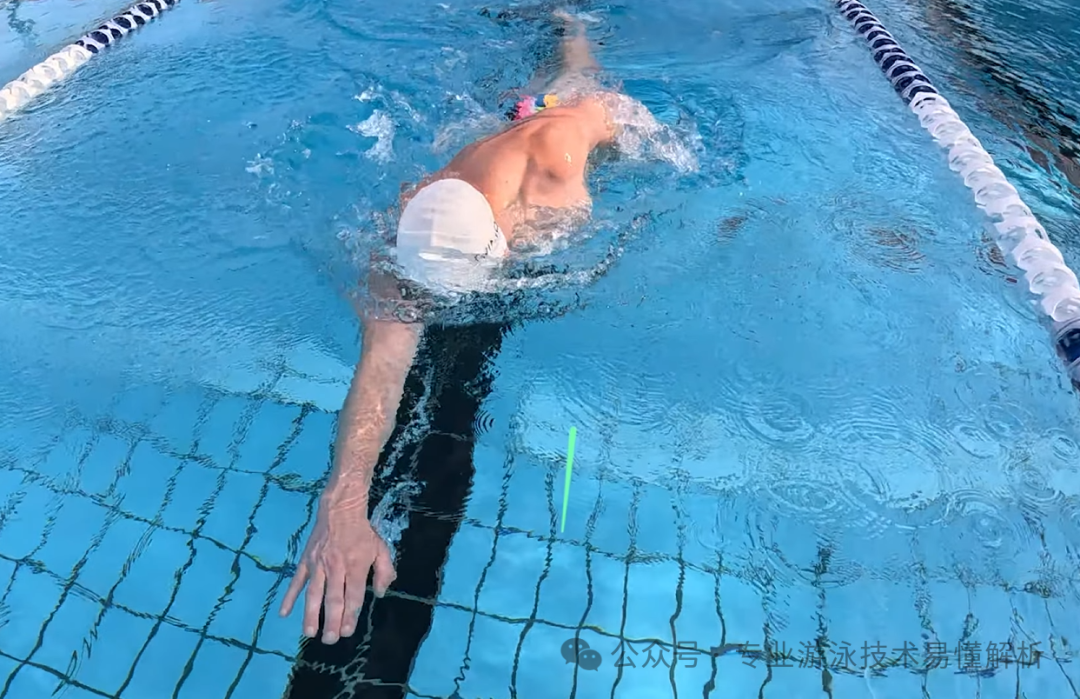
To avoid kicking into thin air when first learning the frog kick, remember that the deeper you are in the water, the more solid it feels—and the more directly you face the water, the "more real" the resistance becomes. That’s why the key to the frog kick is to push backward and downward.
Slowing down the movements helps quickly improve your water awareness, making it easier to self-correct mistakes—especially when learning freestyle, as it reduces oxygen demand.
Pushing the water harder or increasing your stroke frequency too quickly will deplete oxygen faster, which isn’t ideal for beginner swimmers who aren’t yet comfortable with breathing in freestyle.
However, slowing down also has its "downsides." Once you get used to enjoying this "steady-and-sure" approach, you may struggle to gain an edge in sprinting speed. Still, if you view swimming as a metaphor for life—and focus on long-term goals—this "steady-and-sure" style ultimately leads to faster overall progress.
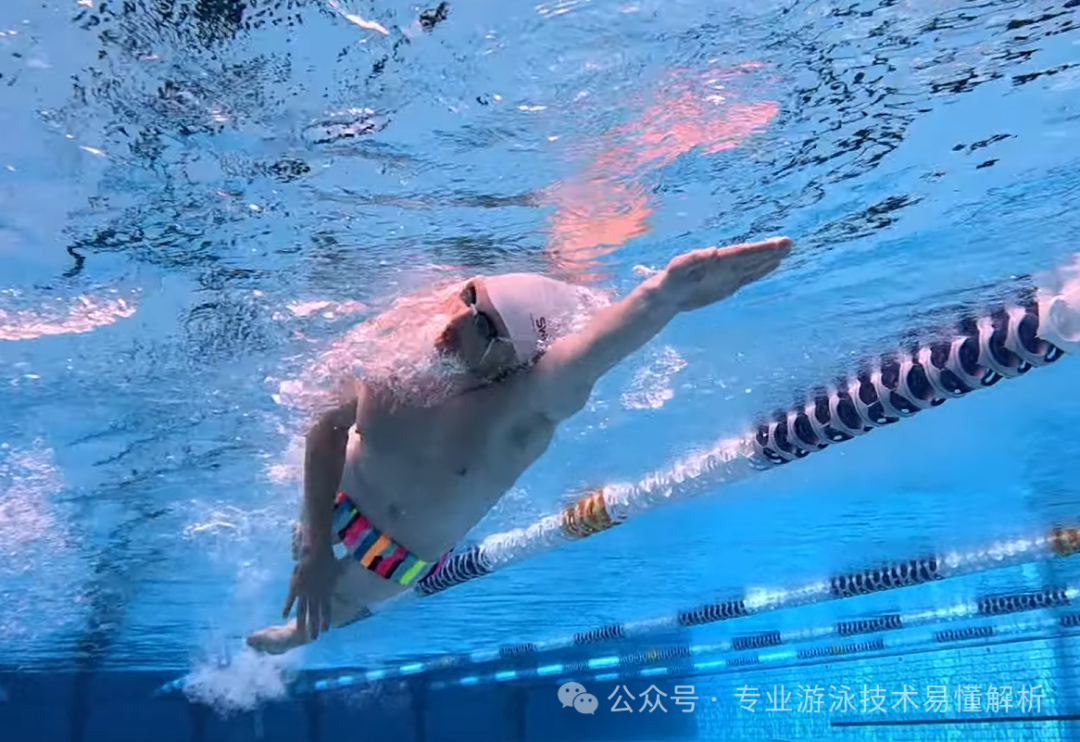
Mian seeks the continuous flow of strength.
"Drawing a sword to cut through water only makes it flow faster"—so why does breaststroke emphasize "arms move while legs stay still, and legs move while arms remain nearly stationary"? Because simultaneous arm-and-leg movements actually cancel out each other’s forward propulsion. And why does freestyle distinguish between swimming rhythms like "front-to-middle crossover" and "middle-to-back crossover"? It’s because these distinct rhythms align with varying levels of sustained power—ideal for either medium-to-long-distance or short-distance swimming, respectively.
Take the "front-to-mid crossover" in medium- to long-distance swimming as an example: When one arm extends forward during freestyle, the other arm is inevitably pulling through the water—both arms cannot be simultaneously in the pull phase. While this might seem to significantly boost propulsion, it actually sacrifices the forward extension that provides crucial support. As a result, the body loses its front-to-back balance, causing the legs to sink more quickly—a move that ultimately hinders smooth, continuous forward motion.
Simply put, in any swimming stroke, the key is to maintain a seamless flow of propulsive power throughout the entire movement. Specifically, each individual motion should involve a smooth, sustained transfer of energy—much like exhaling steadily and gently, rather than forcefully expelling all the air in one sharp burst.
Similarly, in freestyle swimming, the key to effective kicking lies in maintaining a continuous, small-amplitude motion—rather than relying on powerful, large-scale kicks with each stroke. Just like walking, smooth forward movement always begins with hip engagement, followed by the thighs, and only lastly by the calves. When you start to lose momentum while walking, you’ll notice your calves feeling heavy. But in freestyle swimming, the better your kicking technique, the more you rely on your hips—and at times, you may even completely forget about your calves altogether!
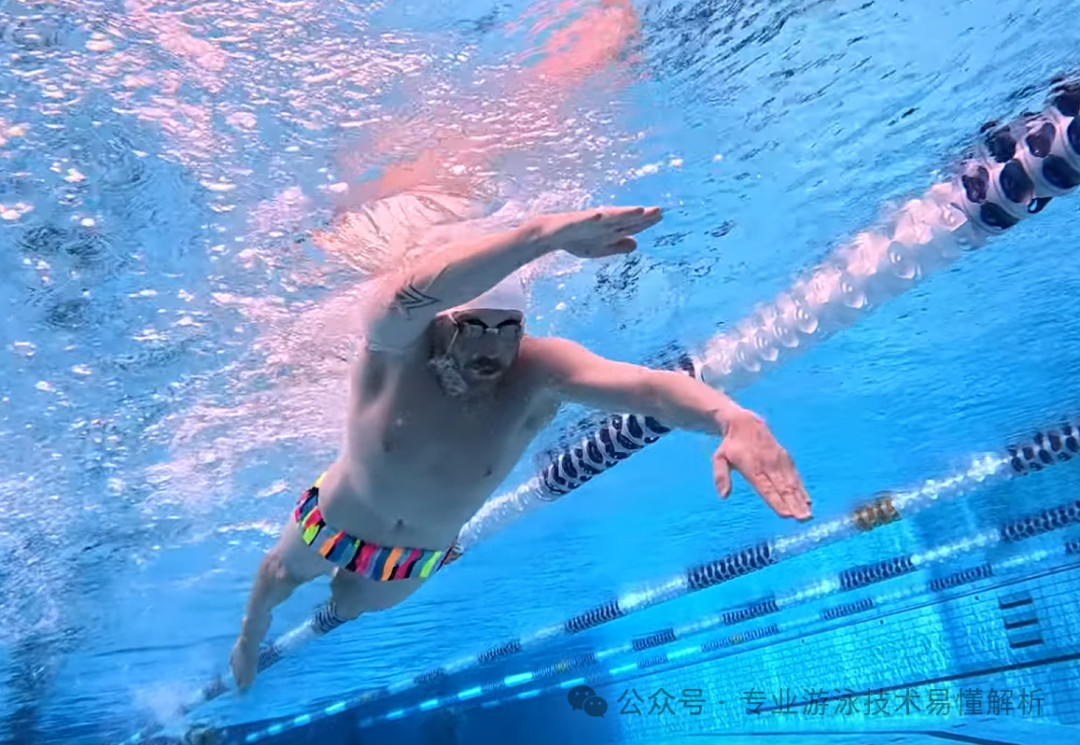
By understanding the above content and putting it into practice during swimming exercises, you can quickly enhance your swimming skills and soon achieve that delightful, effortless, and seamless feeling of cruising smoothly through freestyle!
One WeChat official account shares swimming tips, while another focuses on software insights, online resources, and book-reading experiences.
Thank you for your supportive and encouraging likes, as well as the comments that spark meaningful conversations—and even more, we’d love to see those shares and retweets!
Related Articles
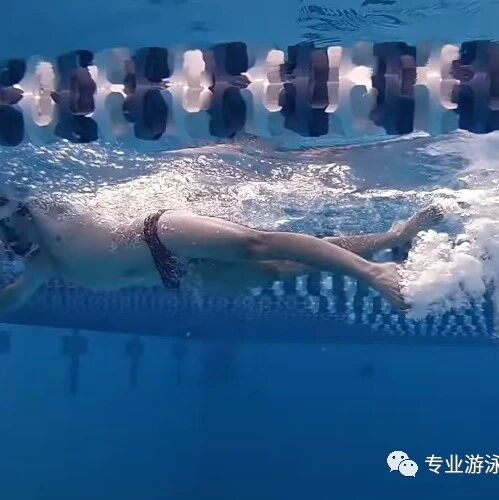
A rigorous practice method for mastering the whip kick, helping you quickly develop an intuitive feel for the water and achieve flexible ankles.
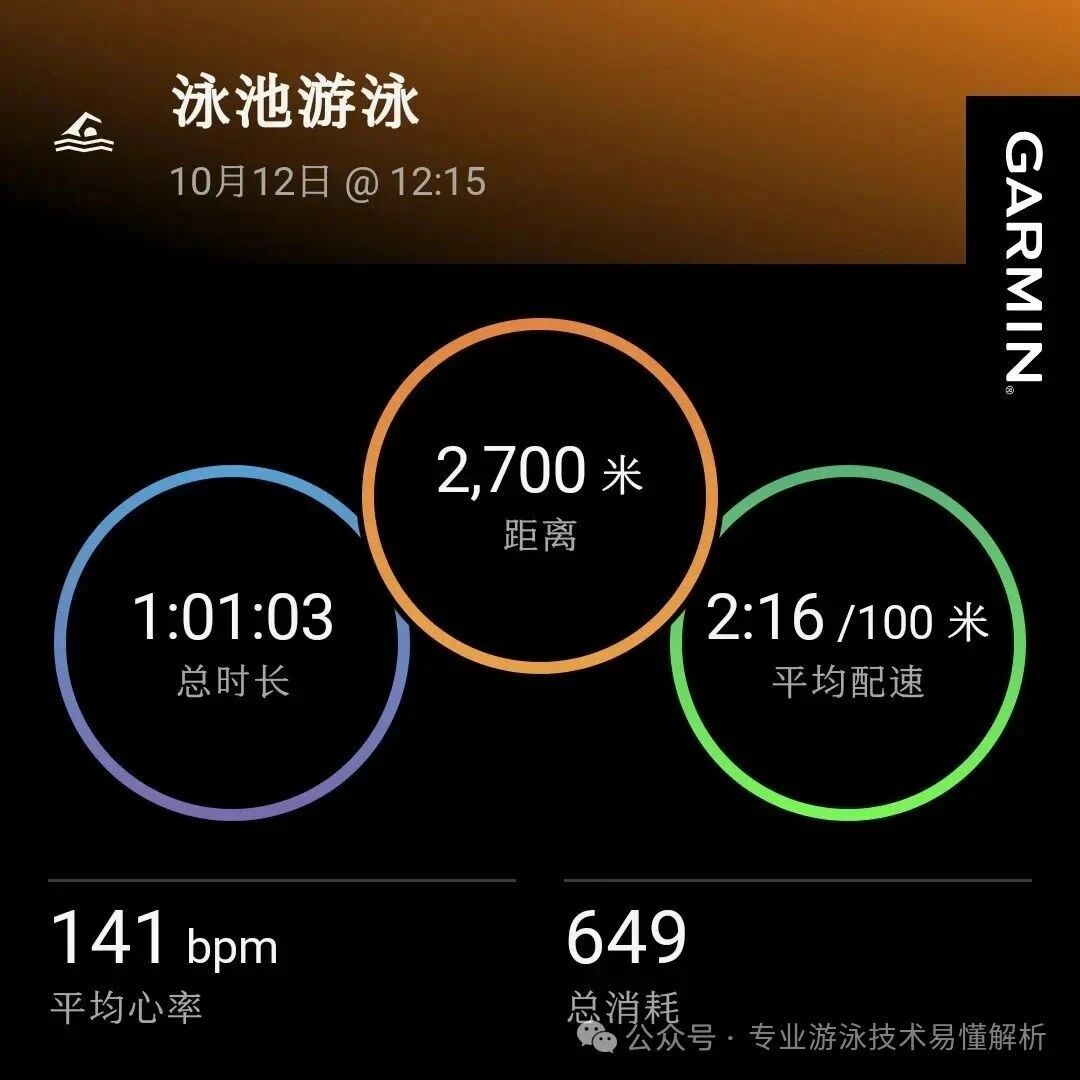
Finished a one-hour swim session at noon.
